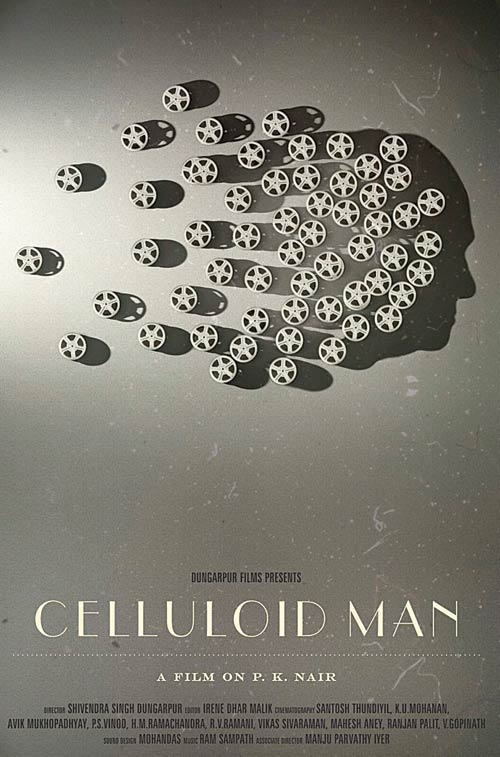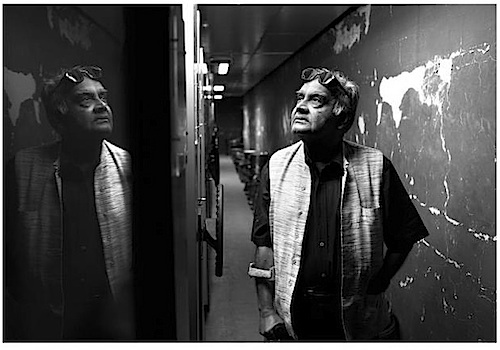 By Joe Bendel. Here in America, we have the Library of Congress, MoMA, and Martin Scorsese – amongst others – all working on behalf of film preservation. In India, they had P.K. Nair. Now retired, Nair was an institution unto himself. Shivendra Singh Dungarpur profiles the curator, while bemoaning the current state of the archive his subject tirelessly assembled in Celluloid Man, which screens as part of the Cinema Reflected sidebar during the 50th New York Film Festival.
By Joe Bendel. Here in America, we have the Library of Congress, MoMA, and Martin Scorsese – amongst others – all working on behalf of film preservation. In India, they had P.K. Nair. Now retired, Nair was an institution unto himself. Shivendra Singh Dungarpur profiles the curator, while bemoaning the current state of the archive his subject tirelessly assembled in Celluloid Man, which screens as part of the Cinema Reflected sidebar during the 50th New York Film Festival.
Accepting a research position at the Film and Television Institute of India (FTII), Nair initially harbored his own filmmaking ambitions. However, with the formation of the National Film Archive of India (NFAI), Nair found his destiny as a archivist. For over a quarter of a century, he played a central role acquiring prints of historically significant Indian films, representing all of the country’s regional and linguistic traditions, as well as prints of important works from around the world, for FTII students and faculty to analyze and devour.
Following lead after lead, Nair tracked down many of the only surviving prints, or in some cases mere fragments, of what were popular and critical successes of their day, but are now largely lost. Of an estimated 1,700 films produced during India’s silent era, only nine have been saved for posterity—entirely through Nair’s efforts.
Indeed, Celluloid is pointedly critical of the lack of attention and resources devoted to the preservation and restoration of classic cinema in contemporary India, which is something of a shock given Bollywood’s economic vitality and its attendant publicity machine. Yet, according to Celluloid’s interview subjects, after Nair’s retirement, the NFAI has fallen into a dreadful state of neglect and Nair himself has essentially been declared persona non grata, for internal political reasons.

That is a reasonably intriguing story, particularly for those well versed with classic Indian cinema traditions. The problem with Celluloid is its unwieldy one hundred sixty-four minute running time. Time after time, talking heads echo each other, almost verbatim, to emphasize points under discussion. It is a quality cast of commentators, including Krzysztof Zanussi, Naseeruddin Shah, and Shyam Benegal – we just get it already.
An active supporter of the BFI’s restoration efforts, Dungarpur obviously takes this subject to heart. He also incorporates some interesting film clips into Celluloid, even for viewers not so deeply steeped in Indian film history. While some disciplined pruning would have tightened and strengthened the overall package, it is nonetheless a worthy cinematic tribute. Superior to These Amazing Shadows, the documentary tribute to the work of National Film Registry, but lacking the dramatic heft of Golden Slumbers, Davy Chou’s moving elegy for the Cambodian film industry destroyed by the Khmer Rouge, Celluloid Man fits quite nicely into this year’s Cinema Reflected sidebar. It screens this Thursday (10/4) at the Francesca Beale Theater as part of the 2012 NYFF.
LFM GRADE: B-
Posted on October 1st, 2012 at 11:54am.